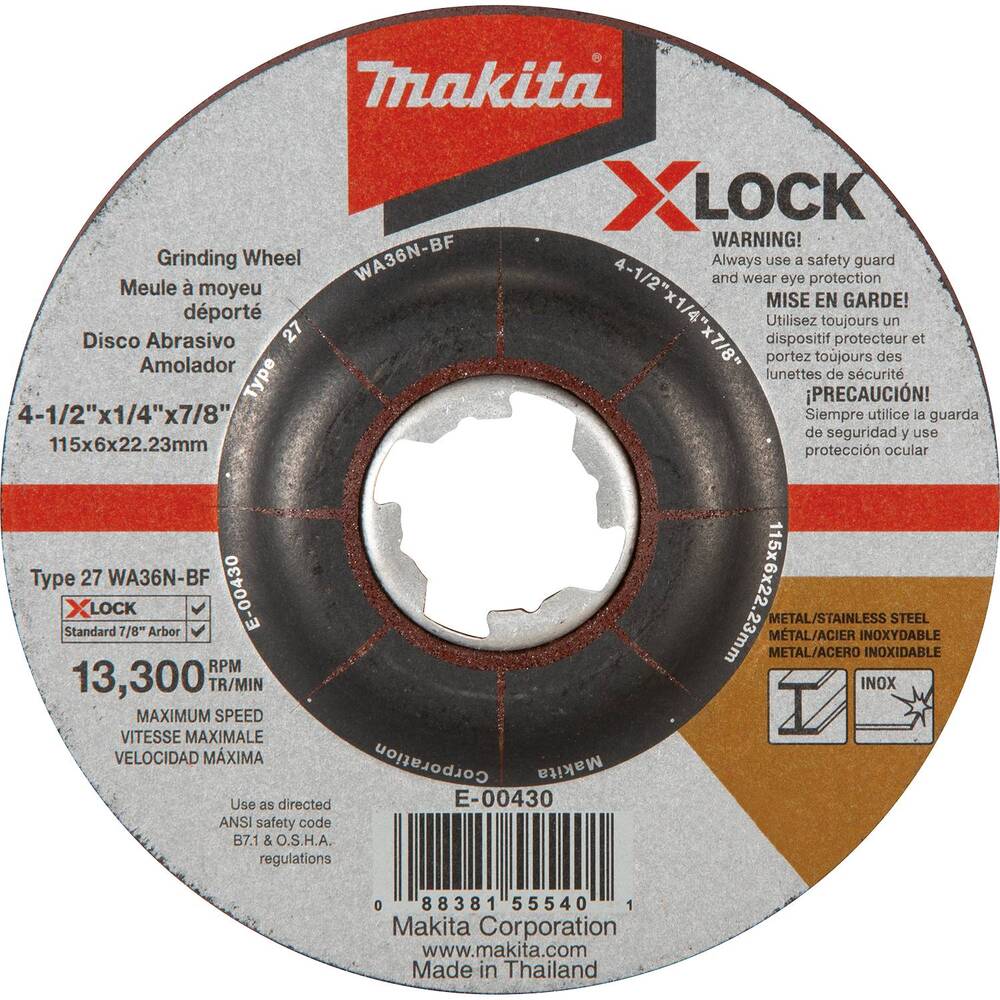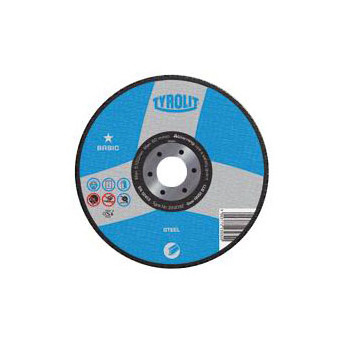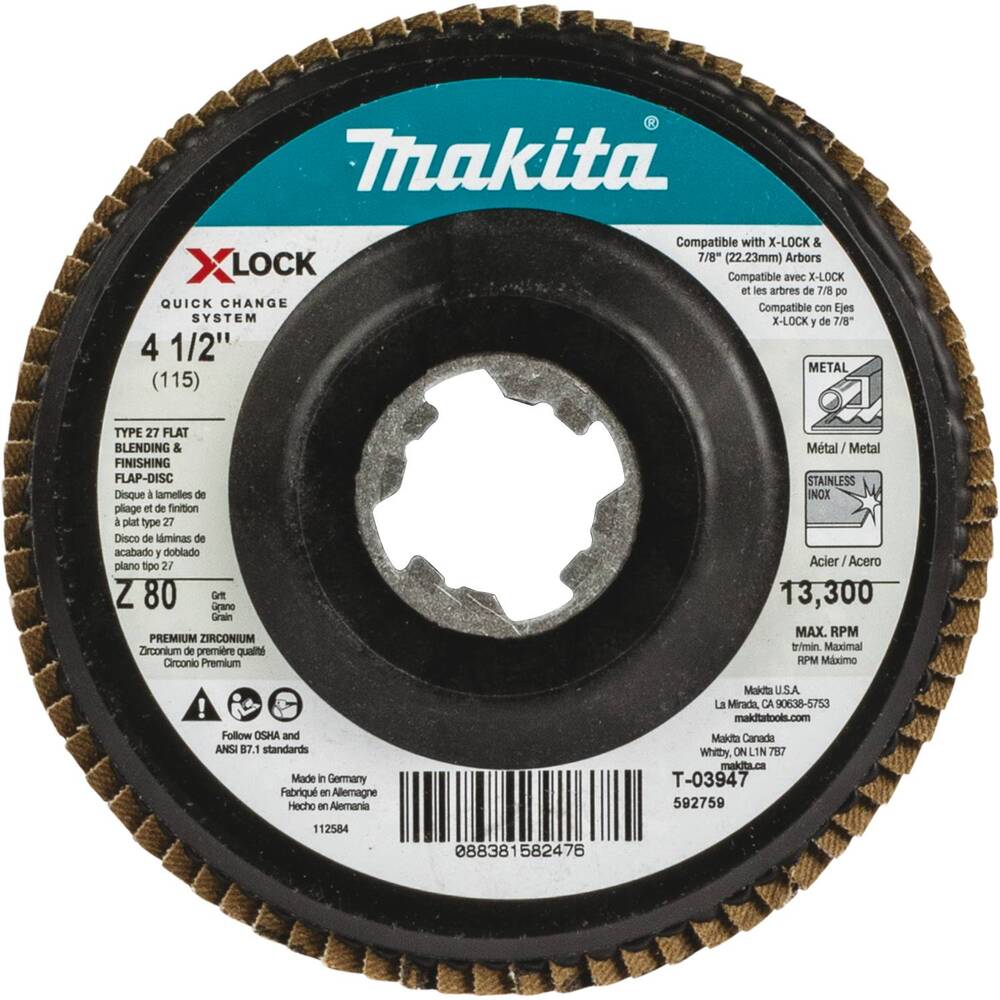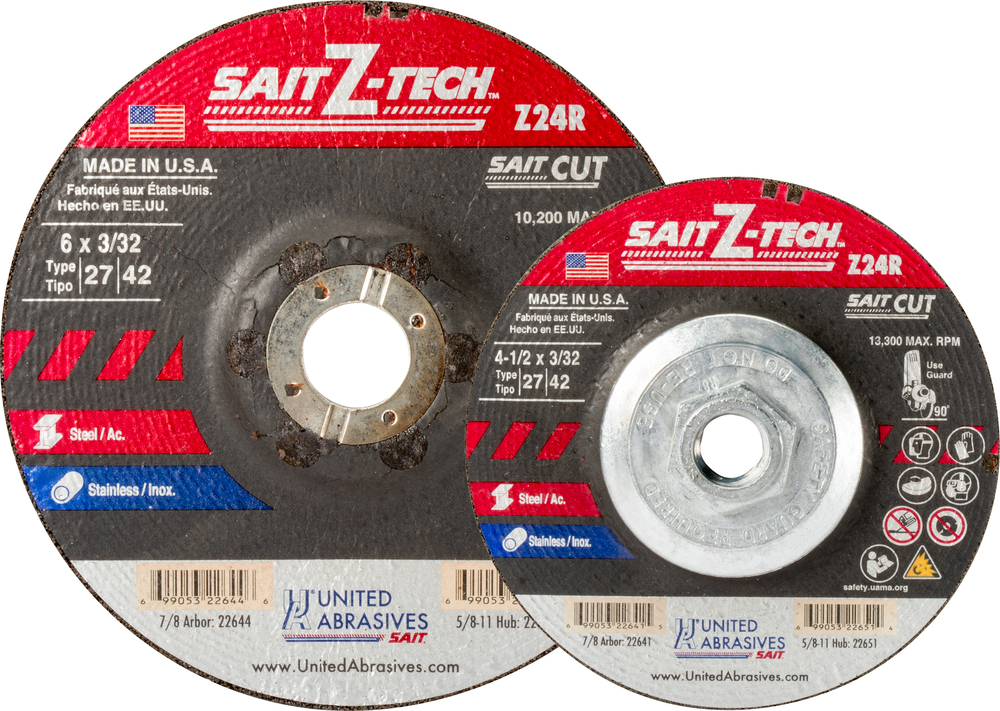Abrasive Grinding Wheels
Filter
86 items
content loaded
Item pricing and delivery options may vary based on location. Select your local branch for best pricing.
Item pricing and delivery options may vary based on location. Select your local branch for best pricing.
SKU#:140E00424
MFG#:E00424
Item pricing and delivery options may vary based on location. Select your local branch for best pricing.
Item pricing and delivery options may vary based on location. Select your local branch for best pricing.
Item pricing and delivery options may vary based on location. Select your local branch for best pricing.
Item pricing and delivery options may vary based on location. Select your local branch for best pricing.
Item pricing and delivery options may vary based on location. Select your local branch for best pricing.
Item pricing and delivery options may vary based on location. Select your local branch for best pricing.
Item pricing and delivery options may vary based on location. Select your local branch for best pricing.
Item pricing and delivery options may vary based on location. Select your local branch for best pricing.
SKU#:140E00424
MFG#:E00424
Item pricing and delivery options may vary based on location. Select your local branch for best pricing.
Item pricing and delivery options may vary based on location. Select your local branch for best pricing.
Item pricing and delivery options may vary based on location. Select your local branch for best pricing.
Item pricing and delivery options may vary based on location. Select your local branch for best pricing.
Item pricing and delivery options may vary based on location. Select your local branch for best pricing.
Item pricing and delivery options may vary based on location. Select your local branch for best pricing.









